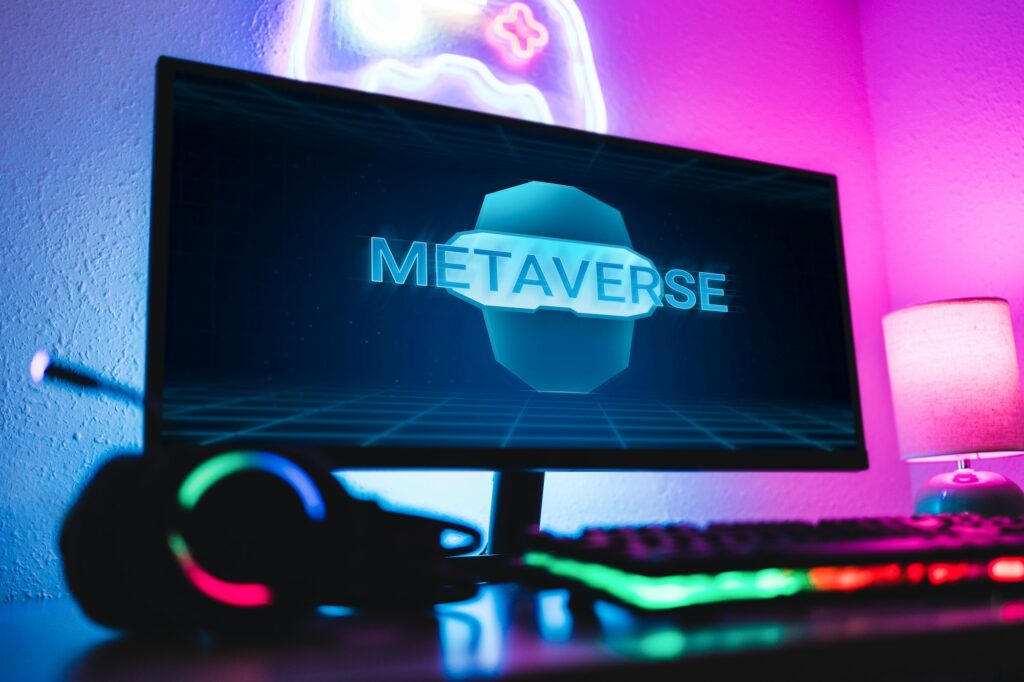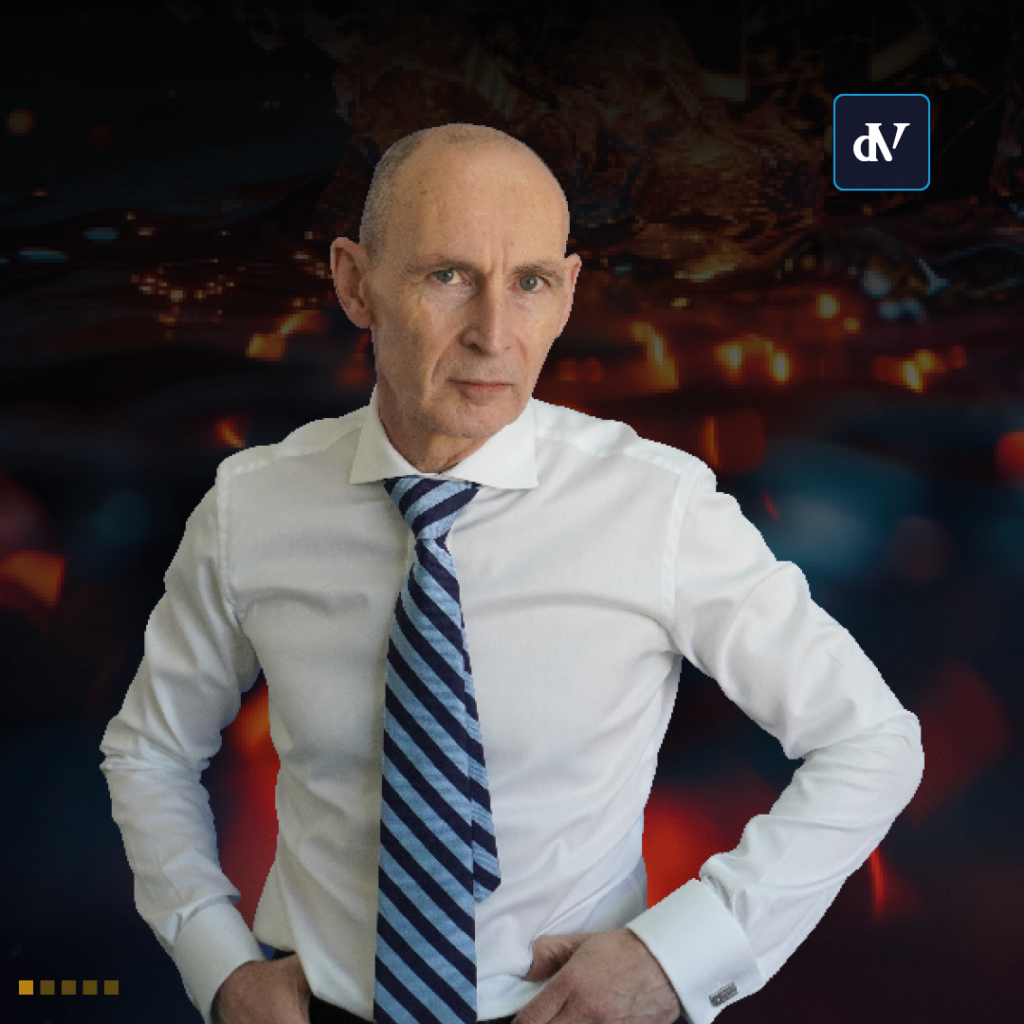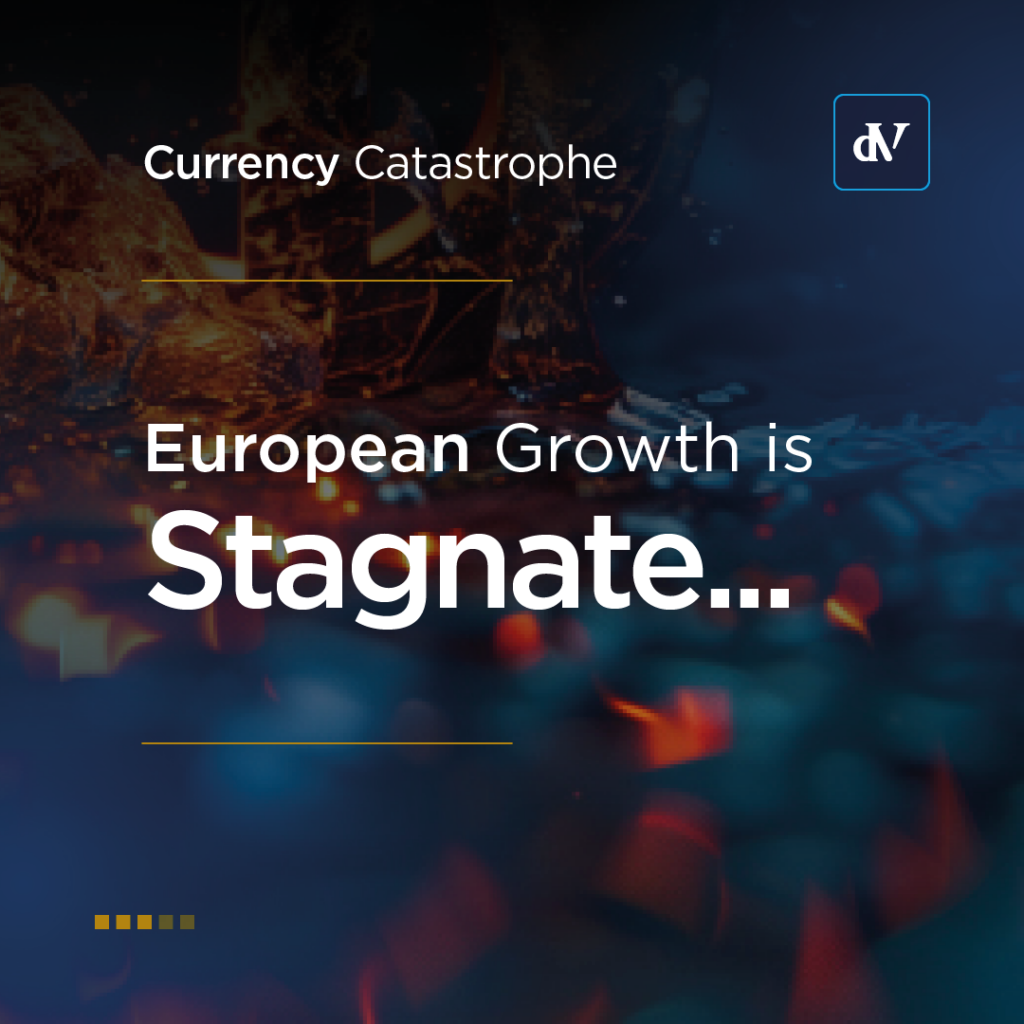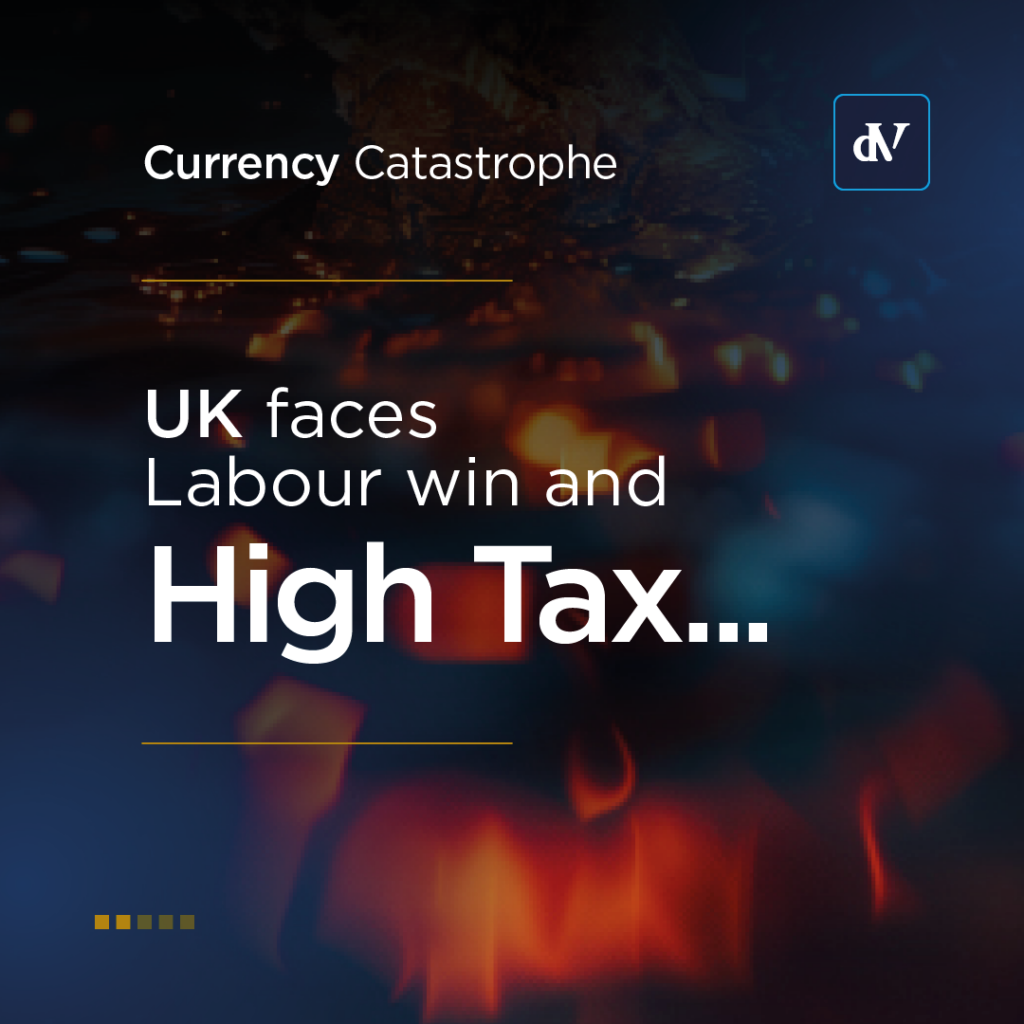|
Getting your Trinity Audio player ready...
|
What does the Metaverse mean?
The term “metaverse” rose to prominence during the market euphoria in late 2020 as hordes of investors searched for the next significant investment opportunity. Although many less technologically savvy investors were quick to dismiss this new development in crypto technology, others chose to investigate the latest addition to the digital landscape we all navigate daily. So, what is the Metaverse?
The term ‘Metaverse’ was introduced by writer Neal Stephenson in 1992 in his science fiction novel ‘Snow Crash’. In his book, Stephenson tells a tale of people who use digital avatars to navigate through an entirely digital world in an attempt to escape the dystopian reality they have been forced to endure.
While Neal Stephenson was the first writer to delve into the idea of a collectively accessible digital world, he was not the last. This concept of the Metaverse was further explored by Ernest Cline in 2011 through his book entitled ‘Ready Player One’. Cinephiles may already be familiar with this text as the book was made into a film by director Steven Spielberg in 2018.

What is it?
The Metaverse represents the fusion of two concepts that were initially created and developed by the authors we mentioned above; virtual reality and a digital second life. When stripped down to its most basic elements, we find that the Metaverse, in some form, has existed for decades.
An example of this existence can be seen in the game “Second Life”, an online virtual social platform launched in 2003 that maintains a strong following even today. Through Second Life, users could create avatars to socialize and engage with other users on the platform. Users could perform several activities that included buying and selling virtual items, enjoying events such as concerts, or even attending college classes.
In short, the Metaverse is a digital escape hatch that allows users to immerse themselves in an online reality with other users from across the globe. This virtual realm called the Metaverse offers users the ability to live, explore, and develop within it through the use of virtual/augmented reality headsets/glasses. The Metaverse is capable of including many aspects of the world we know today, including social media, online gaming, and cryptocurrencies that facilitate interaction between users.
Although the concept of a Metaverse had existed for some time, interest in its development skyrocketed after Facebook CEO Mark Zuckerberg announced that Facebook would be changing its name to Meta at the Connect conference. This conference was streamed virtually on October 28, 2021, to millions of viewers who were instantly intrigued by the concept of Metaverse. At this time, Zuckerberg also revealed that the newly named Meta would be spending at least $10 billion on the development of its own Metaverse. Interested in knowing how that project is progressing? We’ll be discussing Zuckerberg and Meta’s progress with the Metaverse later in this article.

Is it Here Yet?
Whether or not you consider the Metaverse to be a reality or not largely depends on the definition of Metaverse that you apply. To some extent, if you own a non-fungible token (NFT), virtual-reality headset, or some form of cryptocurrency, you are already actively engaging with the Metaverse. In this section, we will explore where the Metaverse is today so that we may better understand where it might go tomorrow.
Today, there exist platforms like Sandbox, Decentraland, Roblox, and even online games such as Fortnite or Minecraft where users can utilize customizable digital representations of themselves to interact with other avatars. Within these platforms, users can create, refine, and develop items such as clothes, food, and even real estate. Further, they can earn and accumulate virtual currencies designed to facilitate the purchasing of these items to be used by their avatar.
For example, Decentraland has integrated the use of cryptocurrencies within its digital realm through a crypto-enabled marketplace, digital wallets, and a governance system that facilitates its internal economy. In Decentraland, all digital assets such as land or clothing are stored as NFTs on the Ethereum Blockchain. This has sparked significant interest within the investment community with many companies choosing to capitalize on the opportunity by building virtual offices and headquarters in Decentraland.
Much like Decentraland, the platform “Sandbox” is also a Blockchain-based gaming metaverse built on the Ethereum blockchain. The mechanics and overall design of this platform are similar to those of Decentraland as it allows users to create and trade NFTs within the platform that can then be used by avatars.
Similarly, the gaming giant known as Roblox created an online platform and storefront where users could create and play games that were developed by other users on the Roblox platform. In Roblox, players can purchase the virtual currency called Robux to buy in-game upgrades or accessories for their avatars.
Lastly, when Microsoft decided to buy game developer Activision Blizzard for $68.7 billion in early 2022, it cited the Metaverse as one of its core reasons for the acquisition. Microsoft went on to note that the deal would provide the necessary “building blocks for the Metaverse.” Activision Blizzard is well-known for developing massively multiplayer online role-playing games (MMORPGs) such as Diablo and World of Warcraft. These platforms provide the necessary ammunition for the argument that the Metaverse, in its most rudimentary form, already exists. It can be argued that these games and platforms represent the earliest iterations of what will eventually be known as the Metaverse.
Meta’s Metaverse
As we touched on above, there are a number of definitions for what constitutes a Metaverse. Meta, formerly known as Facebook, defines the Metaverse as “a set of virtual spaces where you can create and explore with other people who aren’t in the same physical space as you.” Let’s examine this definition further.
Zuckerberg called the Metaverse “the next chapter of the internet. In the Metaverse, you’ll be able to do almost anything you can imagine – get together with friends and family, work, learn, play, shop, create – as well as completely new experiences that don’t fit how we think about computers or phones today… in this future, you will be able to teleport instantly as a hologram to be at the office without a commute, at a concert with friends, or in your parent’s living room to catch up.”
“When you play a game with your friends, you’ll feel like you’re right there together in a different world, not just on your computer by yourself,” Zuckerberg said, “And when you’re in a meeting in the metaverse, it will feel like you’re right in the room together making eye contact, having a shared sense of space, and not just looking at a grid of faces on a screen.”
New economic systems, based on cryptocurrencies and NFTs, would let people buy and sell goods and services in the Metaverse. And NFTs are booming. Recently, the UK Treasury even asked the Royal Mint to create a non-fungible token to be issued in the summer of 2022.
You can watch the full Metaverse video shown during Connect 2021 here.
Naturally, the prospect of Meta’s Metaverse is exciting. The question is, how would you access this type of Metaverse? Well, given the constrictions of existing technology, users would most likely need to wear Virtual Reality (VR) headsets or Augmented Reality (AR) glasses. Alternatively, holograms could also be beamed into the real world through projection systems much like the ones we use today in homes, offices, and classrooms.
Metaverse Crypto
Some of you may be wondering how cryptocurrencies factor into the equation regarding the Metaverse. The short answer to this question is that cryptocurrencies are the capital used to facilitate the economies being developed within the Metaverse. If you want to purchase, transfer, or transact in any way on the Metaverse, you will need to do so with cryptocurrencies.
Whilst there are numerous examples of cryptocurrencies being utilized in the context of a Metaverse, Decentraland offers the best example. As we know, Decentraland is a digital platform using blockchain technology to allow its users to make transactions. Digital assets, such as land, can be purchased on Decentraland using cryptocurrencies. Ownership over these assets is then represented as NFTs on Ethereum’s blockchain.
At the time of writing, Decentraland’s currency is known as MANA, an in-world currency with a limited supply. Every time someone makes a purchase, the platform burns a percentage of its MANA supply. As a result of Decentraland building its platform on the Ethereum blockchain, users are required to hold their MANA tokens in an Ethereum wallet.
The Sandbox platform is another great example of cryptocurrencies being utilized within the Metaverse. As you know, The Sandbox enables online users to benefit from its ‘play-to-earn’ model. This allows gamers to win SAND tokens for reaching various milestones within the game’s ecosystem.
Those SAND tokens can then be used to make purchases within The Sandbox ecosystem. Similarly, they can be transferred to a crypto exchange to be converted into other digital or fiat currencies. As you can imagine, this made The Sandbox one of the top-performing cryptocurrencies within the 2020/21 bull run.
According to the global head of thematic investment strategy at Bank of America, Haim Israel, the Metaverse is a huge opportunity for blockchain tech and crypto. According to Isreal, the Metaverse will lead to the widespread adoption of digital currencies as increased numbers of users choose to make transactions within these platforms.
Horizon Worlds Metaverse app
At the time of writing, Meta is planning to bring its Horizon Worlds social Metaverse platform (currently accessible only through VR) to the web. This intention was highlighted by Meta CTO Andrew ‘Boz’ Bosworth recently in a tweet. Regrettably, the platform’s success was limited. This limited success led to Meta revamping the platform to try and secure more users from the teenage demographic.
In a video, Meta CEO Mark Zuckerberg said the tech giant will allow a “handful of creators” to sell digital goods and experiences within Meta’s virtual reality platform in preparation for a wider launch.
To generate revenue from the project, Meta announced it would take 25%of all-in-world purchases after fees. In most cases, this would result in creators benefiting just over half of the sale price. When accounting for fees and Meta’s percentage deductions, Meta will take 47.5% of each transaction that takes place on the platform.
When will the Metaverse arrive?
Metaverse technology as outlined by Zuckerberg is years away from being ready for mass use. He has said that he believes the Metaverse will be fully available by the end of the decade, an optimistic estimate given the recent setbacks with Meta’s Metaverse app. Whilst the existing infrastructure and tech are impressive, it remains a far cry from where it needs to be to support the globally adopted Metaverse they intend to develop
In an interview with Forbes in November 2021, deVere CEO and founder Nigel Green said that Facebook will hire a reported 10,000 people in the European Union to develop Zuckerberg’s Metaverse on its Horizon World platform. “Facebook’s announcement once again underscores that the Metaverse is not being seen by those in the know as an ‘extension’ of the internet but as its successor,” Green said.
It has been two years since the announcement of these ambitious plans. Since then, Metaverse enthusiasts have been met with a wave of underwhelming disappointment, with the main story orbiting Meta being its recent string of layoffs, the largest in its 18-year history (21,000 employees).
But just where did it all go wrong?
Through the pandemic, Meta benefited from a significant increase in revenue due to the increased time being spent indoors by the majority of the population. At this time, Zuckerberg made the bold claim that the pandemic would rapidly accelerate the adoption of new technologies like the Metaverse. He was wrong.
Currently, Zuckerberg has spent well over $15bn to fund, maintain, and develop his Metaverse project. However, as many predicted, the pandemic made people realize what they had been taking for granted, and social media revenue suffered as a result of this.
Meta’s revenue was further diminished by influencer marketing strategies. Speaking on the topic, deVere CEO Nigel Green noted, ‘You can pay an influencer half the price to advertise to a greater, more engaged audience than it costs to advertise through traditional technological means.’
These factors, along with soaring costs, have left Zuckerburg with no choice but to lay off over 21,000 employees in Meta’s workforce. As for the Metaverse itself, It is important to note that Meta and the Metaverse are two entirely disconnected entities. The concept of the metaverse was around before the arrival of Meta and will undoubtedly continue to develop irrespective of any issues at Meta.
Meta’s Horizon World is described as ‘an ever-expanding social universe where you can hang with friends, meet new people, play games, (and) attend cool events.’ The reality is Zuckerberg failed to get the ‘social’ bit right, with reports of overwhelmingly sad, empty worlds – and even complaints of sexual harassment!
Additionally, Zuckerberg decided to re-brand Facebook with a focus on creating real, lifelike corporate spaces for people to operate in. The argument has been raised that people dread going into the office in the real world – so why try and emulate it in an imaginative one, with so many alternatives available?
In changing the branding of Facebook to Meta, Zuckerberg was signifying the future of this new, technological era. A grand unveiling of this new exciting technological world. At best, this proved to be premature. At worst, it was a total misstep.
The world may not be ready for a fully functional Metaverse yet, but its eventual development seems inevitable. Whilst deVere CEO Nigel Green believes Meta will recover and rise again, it remains to be seen who will be cutting the tape when the true unveiling takes place.




